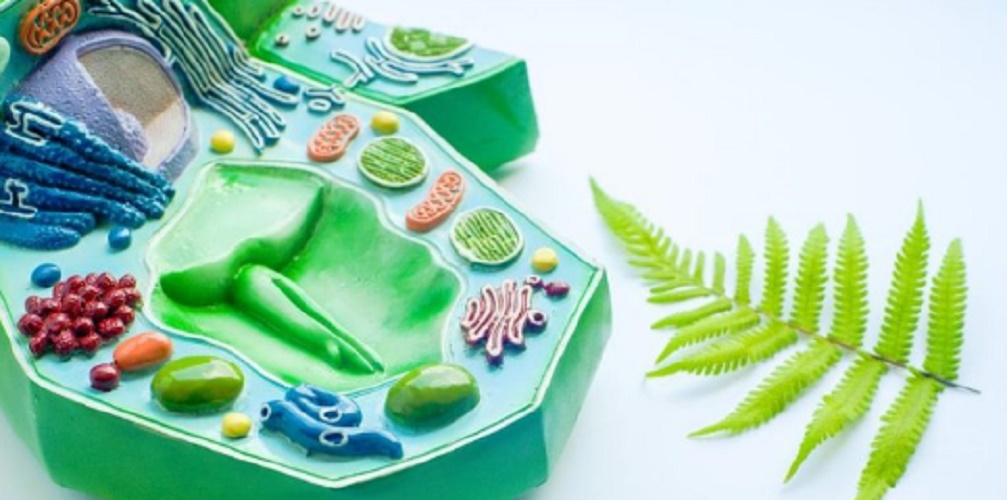What is an animal cell?
We explain what an animal cell is and theories of its possible origin. In addition, its parts and differences with the plant cell.
-
What is an animal cell?
An animal cell is a type of eukaryotic cell (that is, endowed with a true nucleus) that is presented by the various tissues of living beings belonging to the Animalia kingdom . These cells are adapted to the biochemical functions of the animal organism, such as its metabolism and forms of nutrition (respiration, heterotrophic nutrition).
Since animals are all complex multicellular beings, their cells have a very high level of specialization, that is, depending on the tissue they belong to, they fulfill specific functions that define their form , their mode of operation and their needs. A human being , for example, has about 200 million different cell types.
The emergence of the animal kingdom, unlike the vegetable, starts from a question: it is not known for sure how the transit between protozoa and metazoans occurred , that is, between unicellular life and the specialized multicellular organization, since there is no evidence of it in the fossil record. But three theories are handled in this regard:
- Colonial origin . Complex animal life would have arisen from colonies of cells inhabiting together, which, adapting to the needs of survival, were increasingly specializing in some essential defensive or logistical aspect for the colony: movement, defense, organization, etc.
- Symbiotic origin . This theory assumes that multicellular life would come from a complex case of symbiosis, in which many cells began to cohabit positively for all, helping and caring to such an extent, that little by little they were needed more and more until they began to operate as a single individual
- Origin by cellularization . Part of the idea that multicellular animals would be the consequence of the cellularization processes of the cell nuclei of a primitive organism, whose cells had more than one nucleus. Thus, by generating compartments to protect them, it would have been forming cells within the cell and growing internally in complexity.
-
Parts of an animal cell

The usual parts of an animal cell are:
- Core . Like all eukaryotes, animals have cells with a well-defined nucleus in which all their genetic material is housed and which plays key roles in cell reproduction . The nucleus is wrapped in a nuclear membrane and surrounded by nucleoplasm, which allows exchange with the cytoplasm .
- Plasma membrane . The selective membrane that covers the cell and distinguishes its inside from outside, allowing the entry of desired substances and the exit of metabolic wastes.
- I quote plasma . The interior of the cell, where the nucleus and cellular organelles are, is a very fine, granular colloidal substance, where many metabolic processes have their place.
- Mitochondria . The energy plants of the cell, responsible for the synthesis of ATP (chemical energy molecule) from cellular nutrients. This is known as cellular respiration.
- Lysosomes . In charge of degrading the material that enters the cell (heterophagy) or produced within it (autophagy), these organelles responsible for cell digestion are created by the golgi apparatus.
- Golgi apparatus . Common in animal and plant cells, it is a series of membranes within the cell, which serve as a transport channel for proteins and other substances through a system of vesicles in and out of the cytoplasm.
- Reticulum endoplasmic . A series of tubules and flattened sacs interconnected with each other, composed of fatty acids. It is divided into two domains with different functions: in rough endoplasmic reticulum, covered with ribosomes in which protein synthesis occurs; and the smooth endoplasmic reticulum, vital in the synthesis of lipids , as well as in the absorption and release of calcium from the cell.
- Centriole . A cylindrical organelle consisting of three triplets of microtubules, part of the cytoskeleton (cellular framework), and located in the cytoplasm, in a region called diplosome. These ducts have an important role in the transport of organelles in the cell and also in the processes of mitosis or cell division.
- Chromatin . This is the name of the set of DNA , histone and non-histone proteins found in the cell nucleus and composes the genetic material of the cell. Its basic units of information are nucleosomes.
-
Differences between animal cell and plant cell

The differences between the animal and plant cells can be summarized in:
- Cell wall . The plant cells and fungi have a rigid cell wall, limiting growth but make them compact. This wall is located outside the plasma membrane and is composed of cellulose (vegetables) or chitin (fungi). In animal cells it does not occur.
- Size . Animal cells are smaller than plant cells, perhaps because they do not have a central vacuole filled with fluid, but small and numerous vacuoles in their cytoplasm.
- Chloroplasts . Since plants make photosynthesis , their cells have chloroplasts: organelles in which chlorophyll is housed, essential for obtaining energy from sunlight. Animal cells, therefore, lack such organelles and instead have what is necessary for the oxidation of glucose (respiration).




